- 28
- Feb
What are the advantages of using a hydraulic block making machine?
We specialize in the production of concrete block machines, hollow block machines, paving block machines, and interlocking block machines. Our machines are designed with advanced technology and precision engineering, ensuring the final product is of the highest quality. Our block making machines are highly efficient, saving both time and labor costs for our customers. They are also environmentally friendly, using recycled materials, and consuming less energy during the production process.
We offer a wide range of block making machines to meet different production needs. Our machines come in various sizes, models, and levels of automation, providing flexibility for customers to choose the most suitable one for their business. We also provide customizable options to meet specific requirements and preferences. In addition to our high-quality machines, we also provide excellent after-sales service to ensure maximum customer satisfaction. Our team of experienced engineers is available to assist with installation, training, maintenance, and technical support to ensure our machines run smoothly and efficiently.
Our block making machines have been widely used in the construction industry, making durable and high-quality blocks for various building projects. We have built a reputation for our reliable products, exceptional service, and competitive prices, which have won us trust and recognition from our customers.
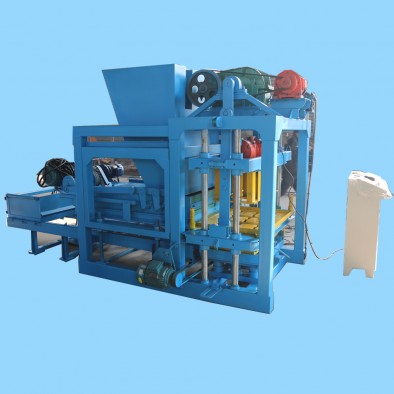
Our block making machines are the perfect solution for your construction needs. Durable and reliable, these machines guarantee consistent and high-quality results every time. Made with top-quality materials and advanced technology, they are designed to withstand heavy use and harsh conditions, making them the dependable choice for all your block making needs. Whether you’re building homes, commercial spaces or roads, our machines will provide you with efficient and precise results, ensuring your projects are completed on time and to the highest standards. Trust in our block making machines for a solid and reliable foundation for your construction projects.
At our company, we understand the importance of productivity in any production process. That’s why we have developed a cutting-edge block machine that streamlines your production and optimizes your output. With advanced technology and precision engineering, our machine is able to efficiently and effectively produce high-quality blocks, saving you time and resources. Along with its speed and accuracy, our block machine also offers customizable features to meet your specific production needs. Trust us to maximize your productivity with our state-of-the-art block machine.

Block making machine, also known as brick making machine, is a device that produces concrete blocks or bricks in various shapes and sizes. It plays an important role in the construction industry by providing a cost-effective and efficient solution for producing building materials. With the advancement of technology and the increasing demand for sustainable building materials, block making machines have evolved to become more versatile and eco-friendly. In this article, we will delve deeper into the functionalities and benefits of block making machines and explore how they have revolutionized the way we build structures.
2.What is the process of transporting the blocks from the machine to the curing area?
3.How does a block making machine work?
4.How does the curing process work in a block making machine?
5.What is the capacity of a block making machine in terms of number of blocks produced per hour?
6.What is the difference between a fully automatic and semi-automatic block making machine?
7.Can a block making machine produce colored blocks?
8.Can a block making machine be used for other purposes such as producing bricks or tiles?
9.How long does it take to set up and install a block making machine?
10.Can a block making machine be used for multiple shifts or continuous production?
11.How much space is required to set up a block making machine?
1.What materials can be used in a block making machine?
1. Concrete: This is the most commonly used material in block making machines. It is a mixture of cement, sand, gravel, and water that hardens into a strong and durable material.
2. Fly ash: This is a byproduct of coal combustion and is often used as a substitute for cement in block making. It is a cost-effective and environmentally friendly option.
3. Clay: Clay blocks are made from a mixture of clay and water, which is then compressed and fired in a kiln. They are known for their strength and durability.
4. Sand: Sand is often used as a filler material in block making. It helps to reduce the cost of production and can improve the thermal and acoustic properties of the blocks.
5. Lime: Lime is a binding agent that is often used in combination with other materials such as sand and fly ash to make blocks. It helps to improve the strength and durability of the blocks.
6. Gypsum: Gypsum is a mineral that is used as a binding agent in block making. It helps to improve the workability and strength of the blocks.
7. Plastic: Some block making machines can also use plastic as a raw material. Recycled plastic can be melted and molded into blocks, making it an environmentally friendly option.
8. Wood: In some cases, wood chips or sawdust can be used as a filler material in block making. This is a cost-effective option and can also improve the insulation properties of the blocks.
9. Glass: Crushed glass can be used as a filler material in block making. It is a sustainable option and can also improve the thermal and acoustic properties of the blocks.
10. Rubber: Some block making machines can also use rubber as a raw material. Recycled rubber can be mixed with other materials to make durable and flexible blocks.
2.What is the process of transporting the blocks from the machine to the curing area?
1. Cutting and shaping: The first step in the process is cutting and shaping the blocks using a block making machine. The machine will produce blocks of the desired size and shape.
2. Loading onto pallets: Once the blocks are ready, they are loaded onto wooden or plastic pallets using a forklift or crane. The number of blocks per pallet will depend on their size and weight.
3. Securing the blocks: The blocks are then secured on the pallets using straps or bands to prevent them from shifting or falling during transportation.
4. Transporting to curing area: The loaded pallets are then transported to the curing area using a forklift or pallet jack. The curing area is usually a covered space with proper ventilation and temperature control to facilitate the curing process.
5. Stacking the pallets: In the curing area, the pallets are stacked on top of each other, leaving enough space between them for air circulation. This allows the blocks to cure evenly.
6. Curing process: The blocks are left to cure for a specific period, depending on the type of block and the curing method used. During this time, the blocks will gain strength and become ready for use.
7. Unloading and storage: Once the blocks have cured, the pallets are unloaded and the blocks are stored in a designated area. They are then ready to be transported to the construction site for use.
8. Reusing pallets: The pallets used for transporting the blocks can be reused for future batches, reducing waste and cost.
9. Cleaning and maintenance: It is important to regularly clean and maintain the block making machine and the curing area to ensure the quality of the blocks and the efficiency of the process.
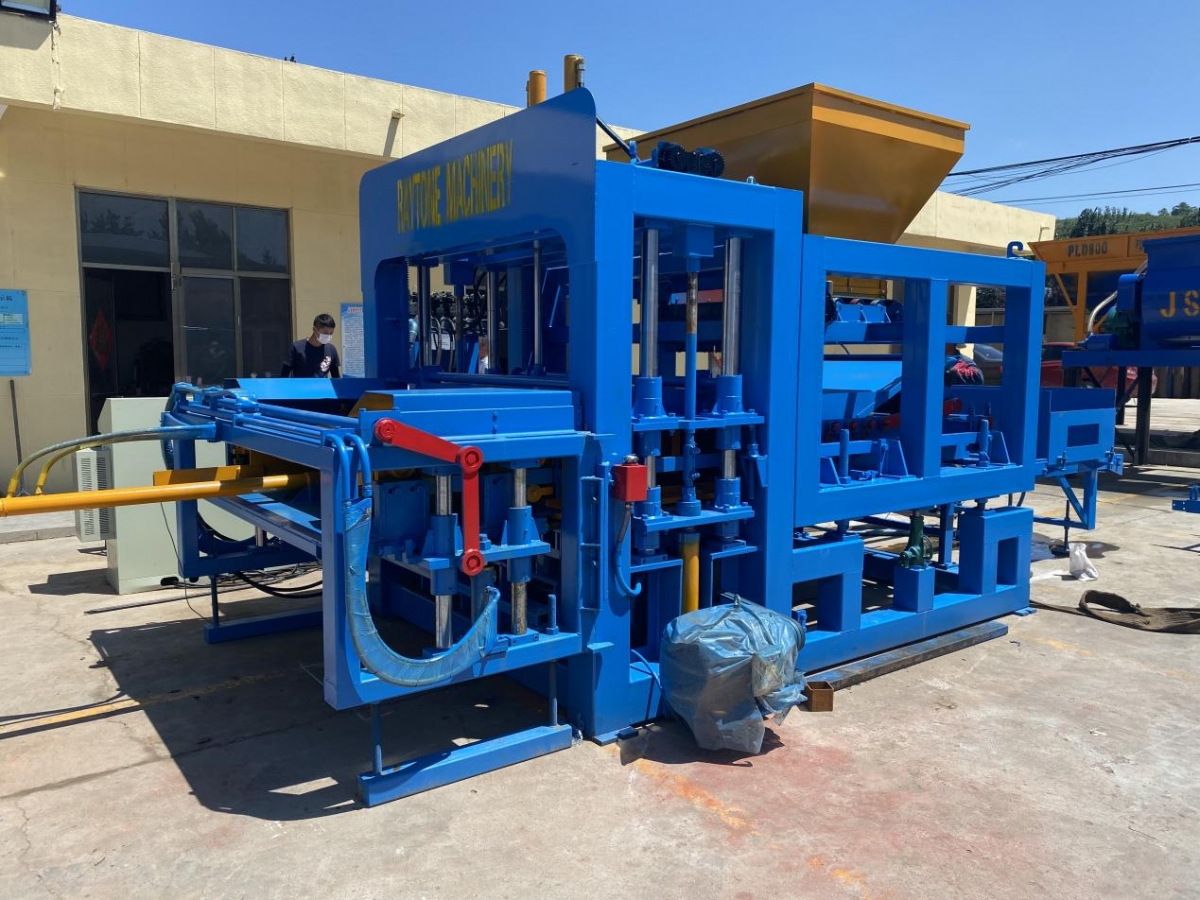
3.How does a block making machine work?
A block making machine is a mechanical device that is used to produce concrete blocks or bricks. The process of making blocks using a block making machine involves the following steps:
1. Mixing: The raw materials, which include cement, sand, gravel, and water, are mixed together in a concrete mixer to form a uniform mixture.
2. Molding: The mixed concrete is then poured into the mold of the block making machine. The mold is usually made of steel and has the shape of the desired block or brick.
3. Compacting: Once the mold is filled with the concrete mixture, a hydraulic or mechanical press is used to compact the mixture and remove any air pockets. This ensures that the blocks are strong and durable.
4. Curing: After the blocks are compacted, they are left in the mold for a specific period of time to allow them to cure and harden. This can take anywhere from a few hours to a few days, depending on the type of block being made.
5. Ejecting: Once the blocks have cured, the mold is opened and the blocks are ejected from the machine. They are then stacked and left to dry further.
6. Finishing: The blocks may go through a finishing process, where excess material is trimmed off and the surface is smoothed out.
7. Stacking and storage: The finished blocks are stacked and stored in a dry area until they are ready to be used in construction.
The entire process is automated and controlled by a computer, making it efficient and precise. The speed and output of the machine can be adjusted to meet the specific needs of the project.
4.How does the curing process work in a block making machine?
The curing process in a block making machine involves the use of heat and moisture to harden and strengthen the concrete blocks. This process is essential for ensuring that the blocks have the necessary strength and durability to withstand the weight and pressure they will be subjected to in construction projects.
The curing process typically begins after the blocks have been molded and compacted in the block making machine. The blocks are then removed from the machine and placed on a curing rack or pallet, which is then transferred to a curing chamber.
In the curing chamber, the blocks are exposed to high humidity and temperature conditions, usually around 80-90% humidity and 60-80 degrees Celsius. This environment is maintained for a specific period, usually 24-48 hours, to allow the blocks to absorb moisture and heat, which helps in the chemical reaction that causes the concrete to harden.
The curing process can also be accelerated by using steam or hot water to increase the temperature and humidity levels in the curing chamber. This method is often used in large-scale block production facilities to speed up the curing process and increase production efficiency.
After the blocks have been cured, they are removed from the curing chamber and allowed to cool down before being stacked and stored for further curing. The total curing time for concrete blocks can vary depending on factors such as the type of concrete mix used, ambient temperature, and humidity levels.
In summary, the curing process in a block making machine is a crucial step in the production of high-quality concrete blocks. It ensures that the blocks have the necessary strength and durability to withstand the rigors of construction and provides a consistent and uniform product.
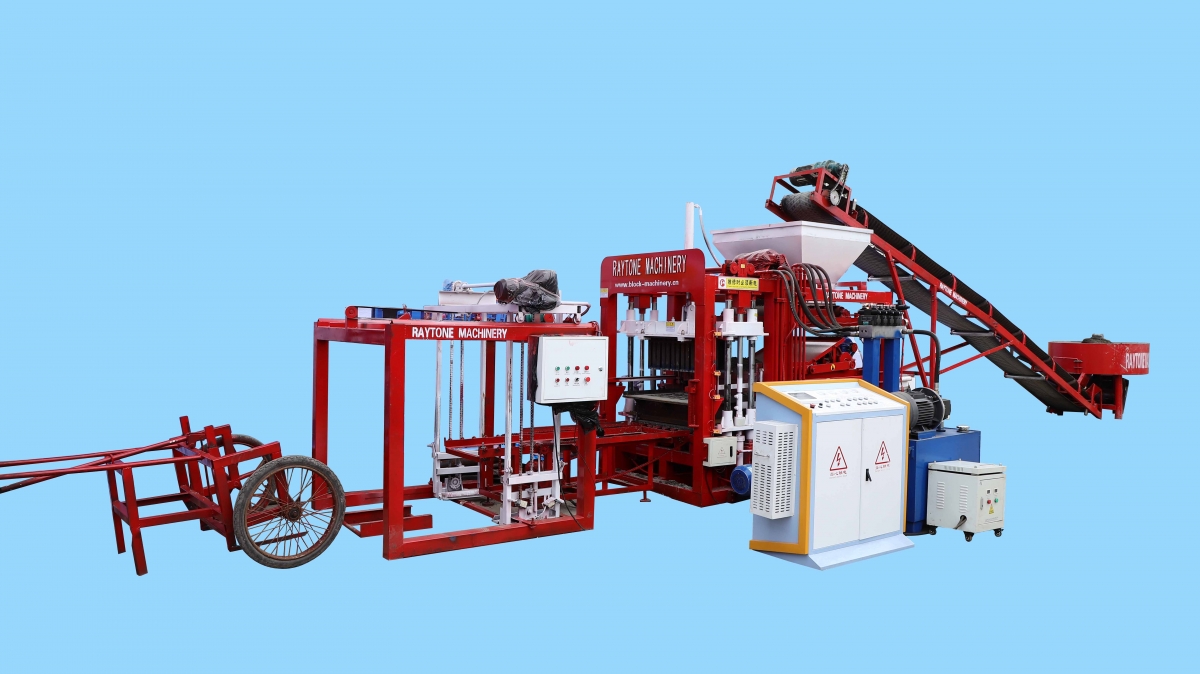
5.What is the capacity of a block making machine in terms of number of blocks produced per hour?
The capacity of a block making machine can vary depending on the size and type of machine, as well as the skill and efficiency of the operator. However, on average, a block making machine can produce anywhere from 500 to 2000 blocks per hour. Some high-end machines can even produce up to 4000 blocks per hour.
6.What is the difference between a fully automatic and semi-automatic block making machine?
A fully automatic block making machine is a machine that can operate without any human intervention. It can automatically mix, mold, and stack the blocks without the need for manual labor. It is equipped with advanced technology and sensors that can control the entire process.
On the other hand, a semi-automatic block making machine requires some level of human intervention. It can perform some tasks automatically, such as mixing and molding, but it still requires manual labor for other tasks, such as stacking the blocks. It is less advanced and relies on manual control for certain functions.
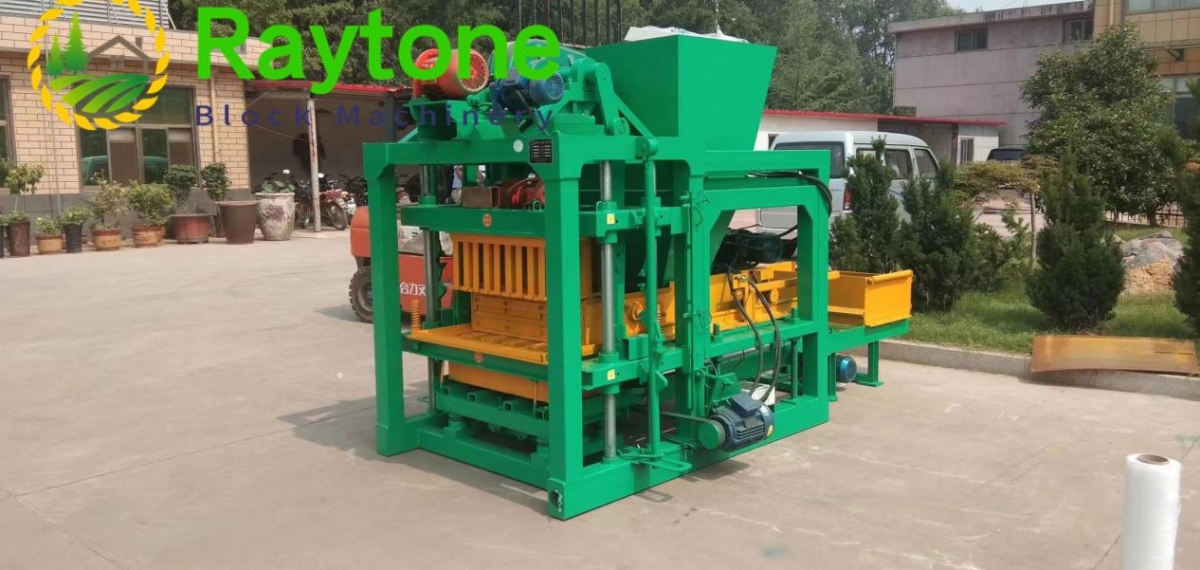
7.Can a block making machine produce colored blocks?
Yes, a block making machine can produce colored blocks by adding pigments or dyes to the concrete mixture before it is poured into the machine. The machine will then mold and compress the colored concrete mixture into blocks of the desired shape and size.
8.Can a block making machine be used for other purposes such as producing bricks or tiles?
Yes, a block making machine can be used for other purposes such as producing bricks or tiles. The machine can be adjusted to produce different sizes and shapes of blocks, bricks, or tiles by changing the molds. This versatility makes it a useful tool for various construction projects.
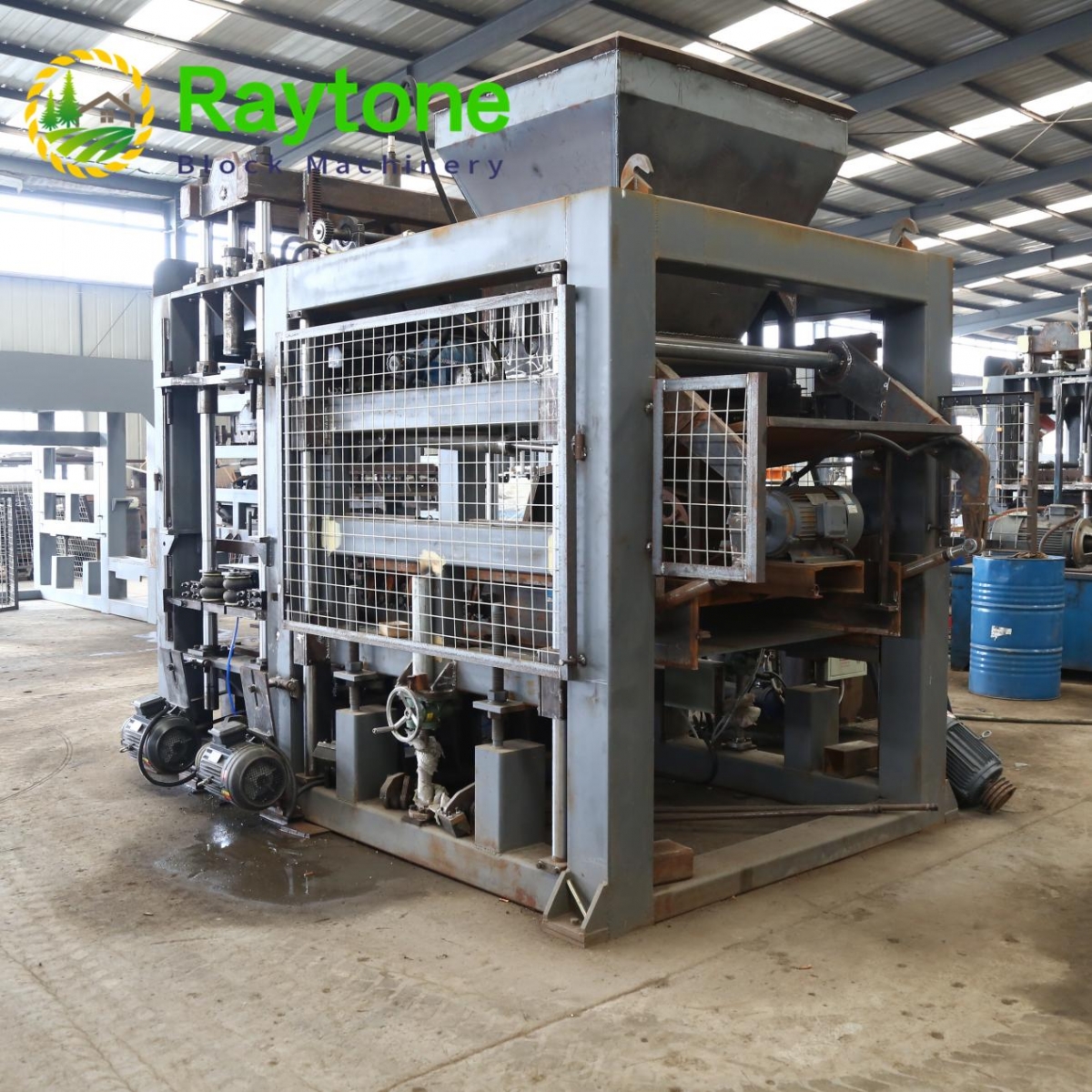
9.How long does it take to set up and install a block making machine?
The time it takes to set up and install a block making machine can vary depending on the specific machine and the experience of the person or team doing the installation. In general, it can take anywhere from a few hours to a few days to set up and install a block making machine. This includes assembling the machine, connecting any necessary electrical or hydraulic components, and testing the machine to ensure it is functioning properly. The process may also involve training on how to operate and maintain the machine.
10.Can a block making machine be used for multiple shifts or continuous production?
Yes, a block making machine can be used for multiple shifts or continuous production. These machines are designed to be durable and efficient, allowing them to run for extended periods of time without needing to be shut down for maintenance or repairs. However, it is important to follow the manufacturer’s guidelines for proper usage and maintenance to ensure the longevity and optimal performance of the machine.
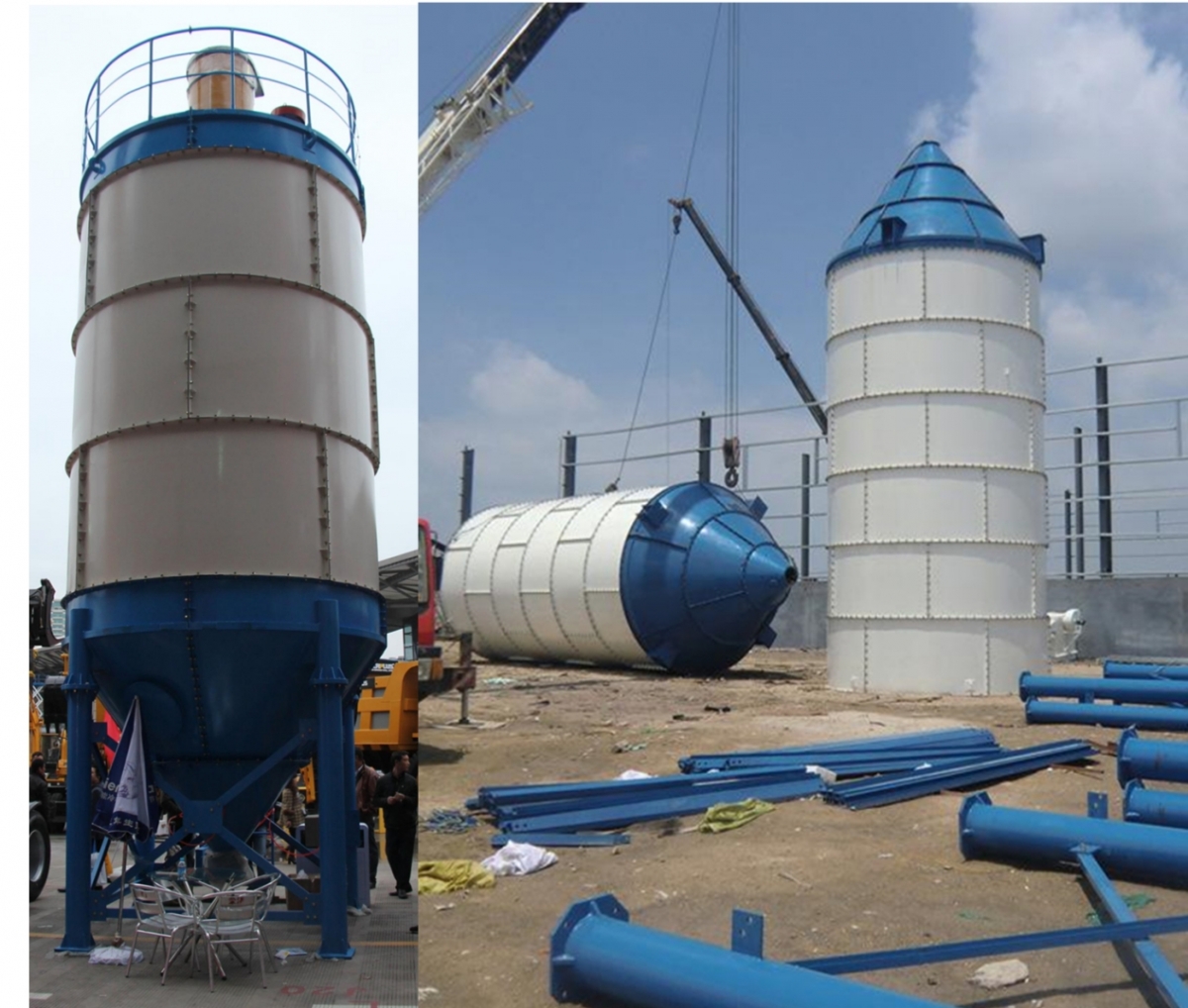
11.How much space is required to set up a block making machine?
The space required to set up a block making machine can vary depending on the size and type of machine. Generally, a small manual machine may only require a few square meters of space, while a larger fully automatic machine may require several hundred square meters. It is recommended to have a dedicated space for the machine, as well as space for raw materials, finished products, and storage. It is best to consult with the manufacturer or supplier of the specific machine for exact space requirements.
